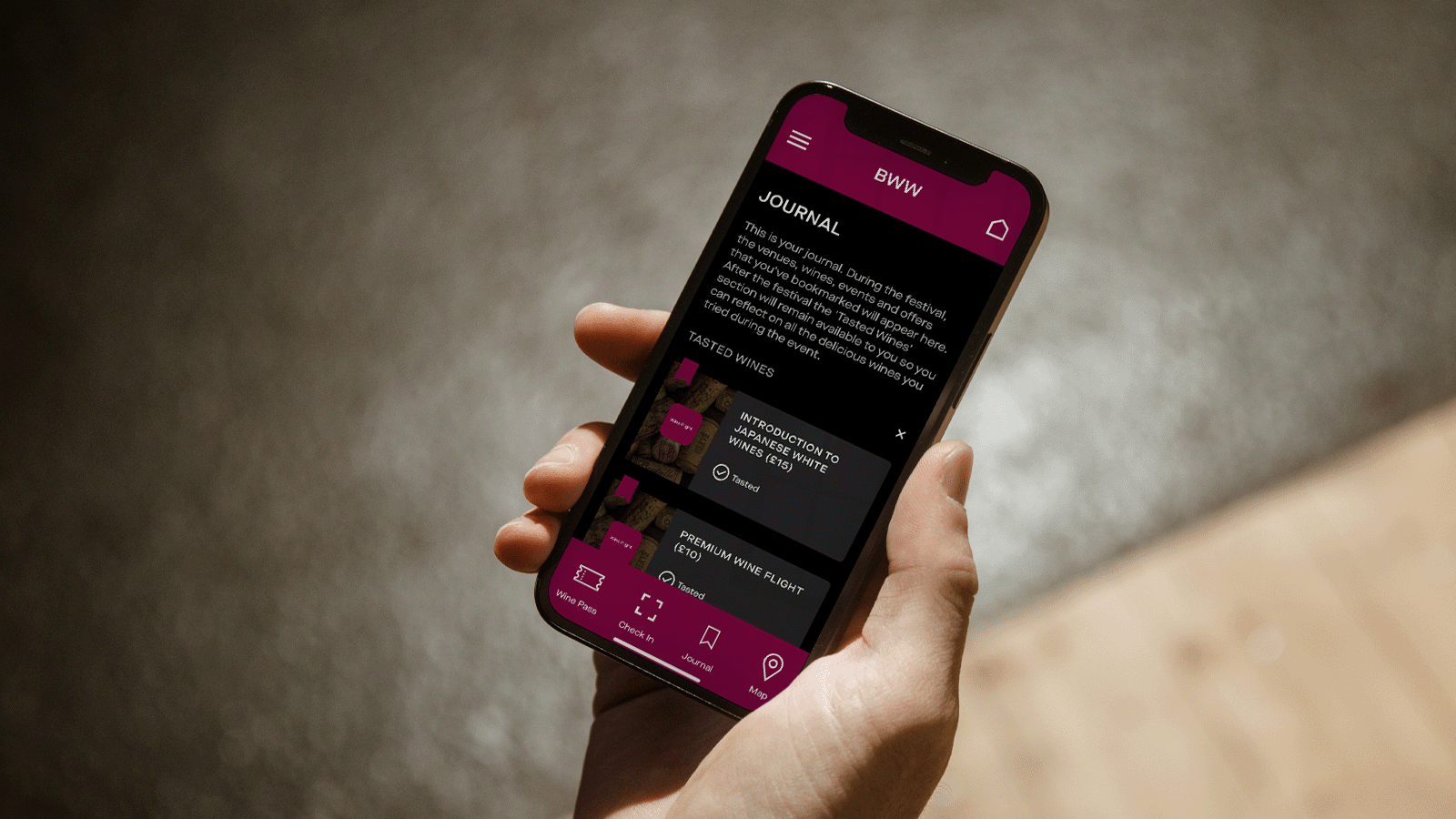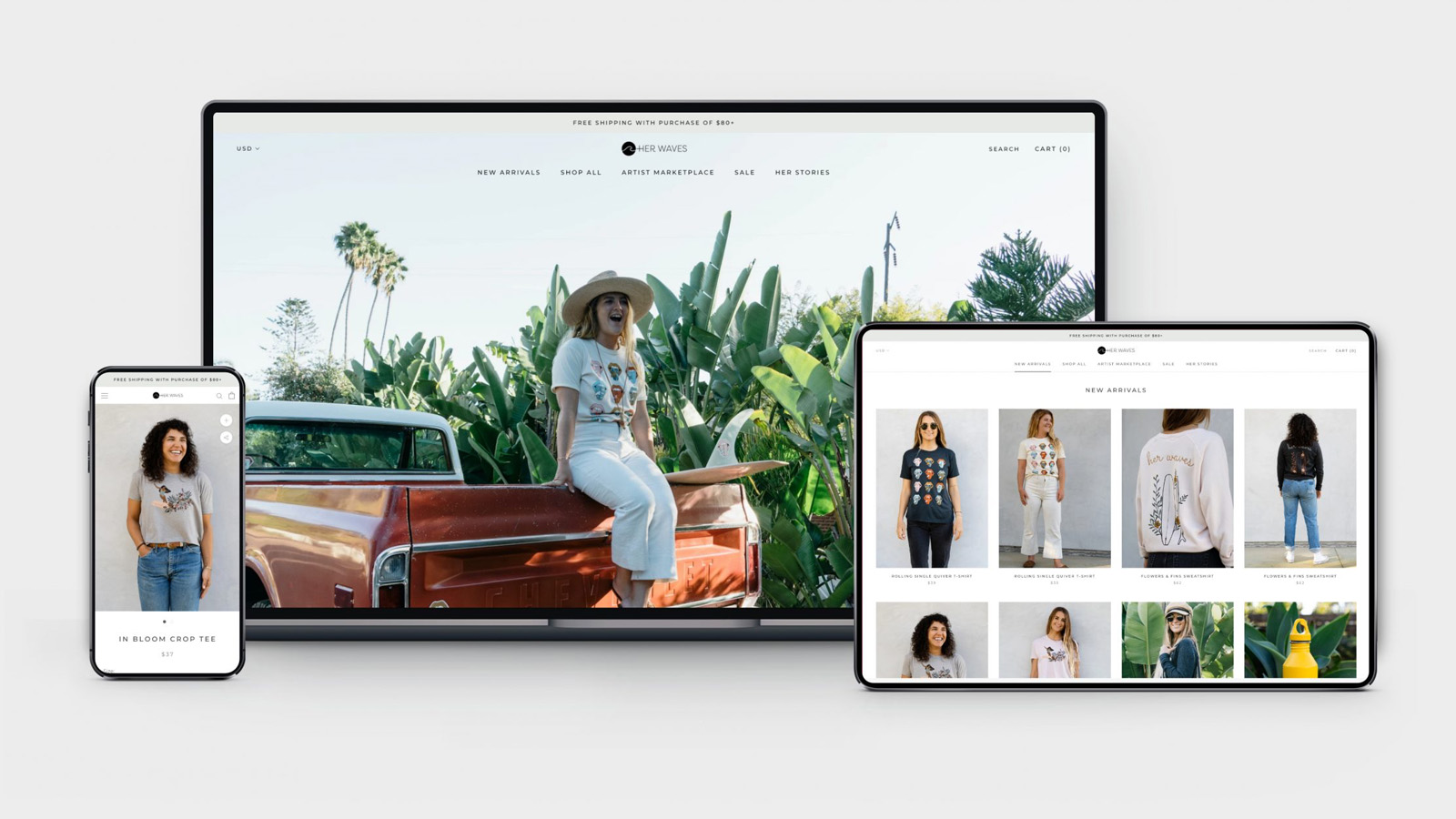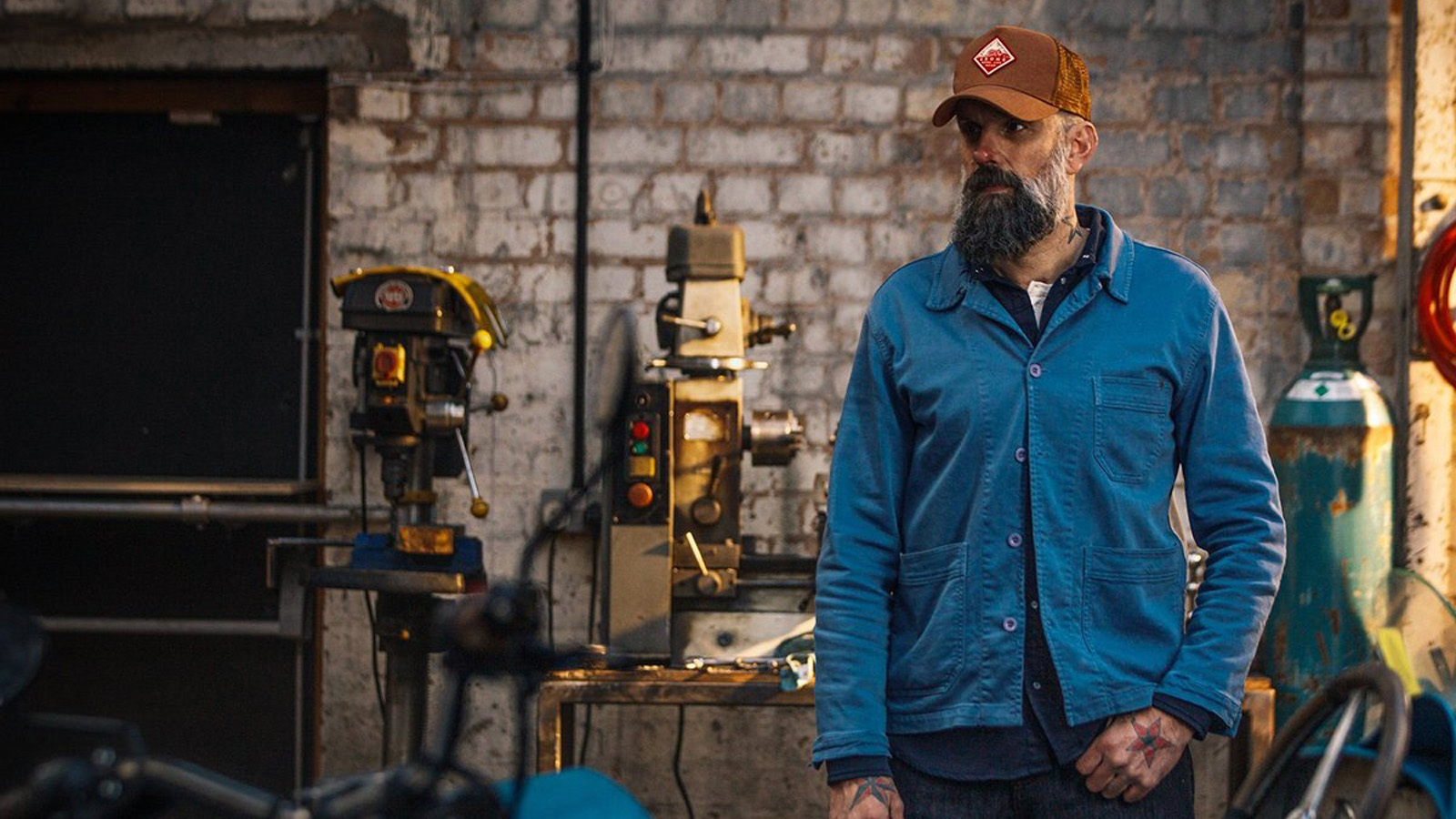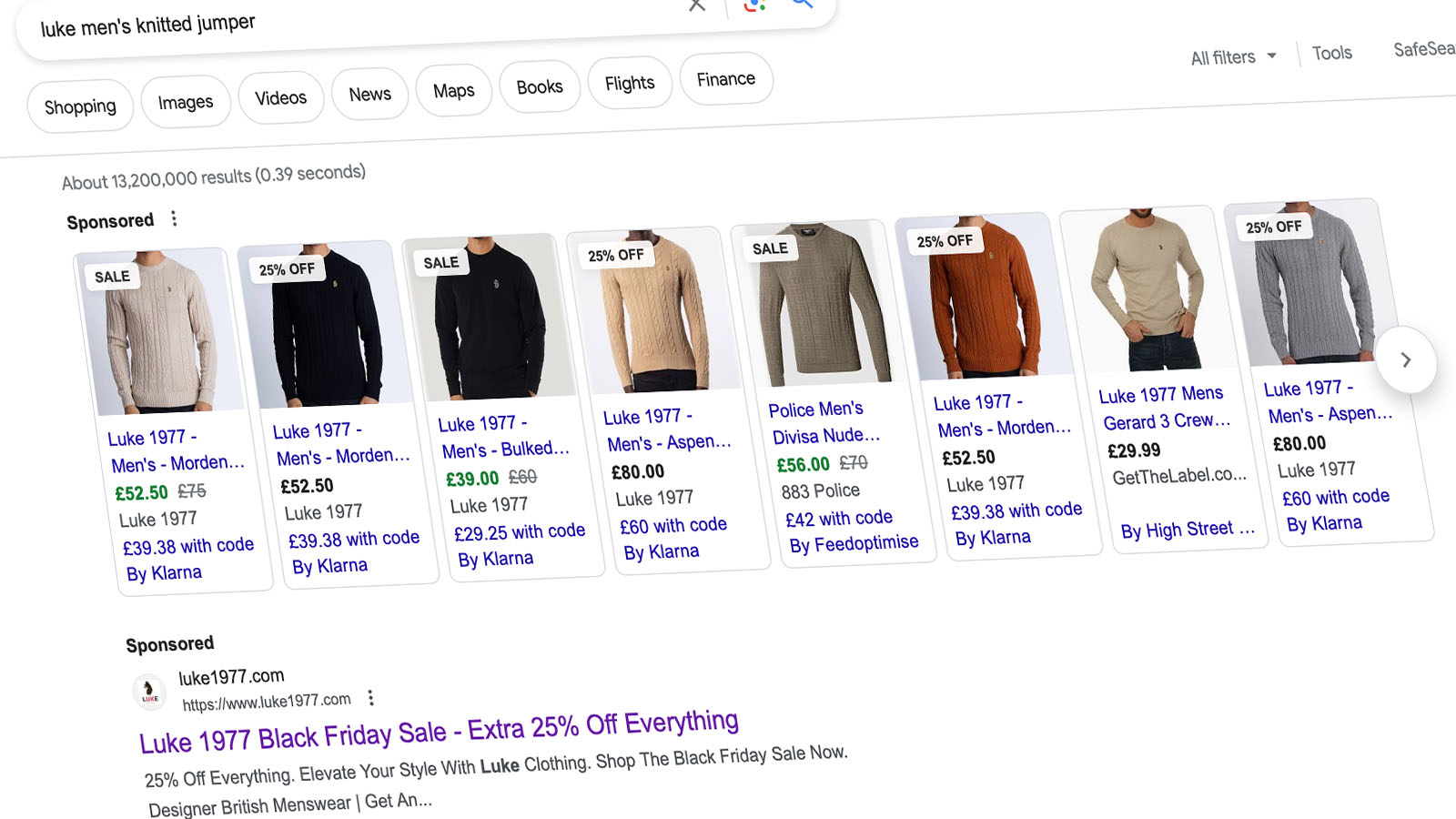
- Google Ads Account Restructure
When we initially started working together, Luke’s Google Ads Account placed significant effort on promoting branded terms such as “Luke” or “Luke 1977.” Whilst this does present some benefit, a large portion of this expense could be better spent elsewhere.
In essence, their strategy prioritised retaining existing customers, over the acquisition of new ones. Across many months of collaboration, we have been able to restructure Luke’s Google Ads strategy to increase brand awareness and find new customers, which has brought with it a wealth of benefits for their business.
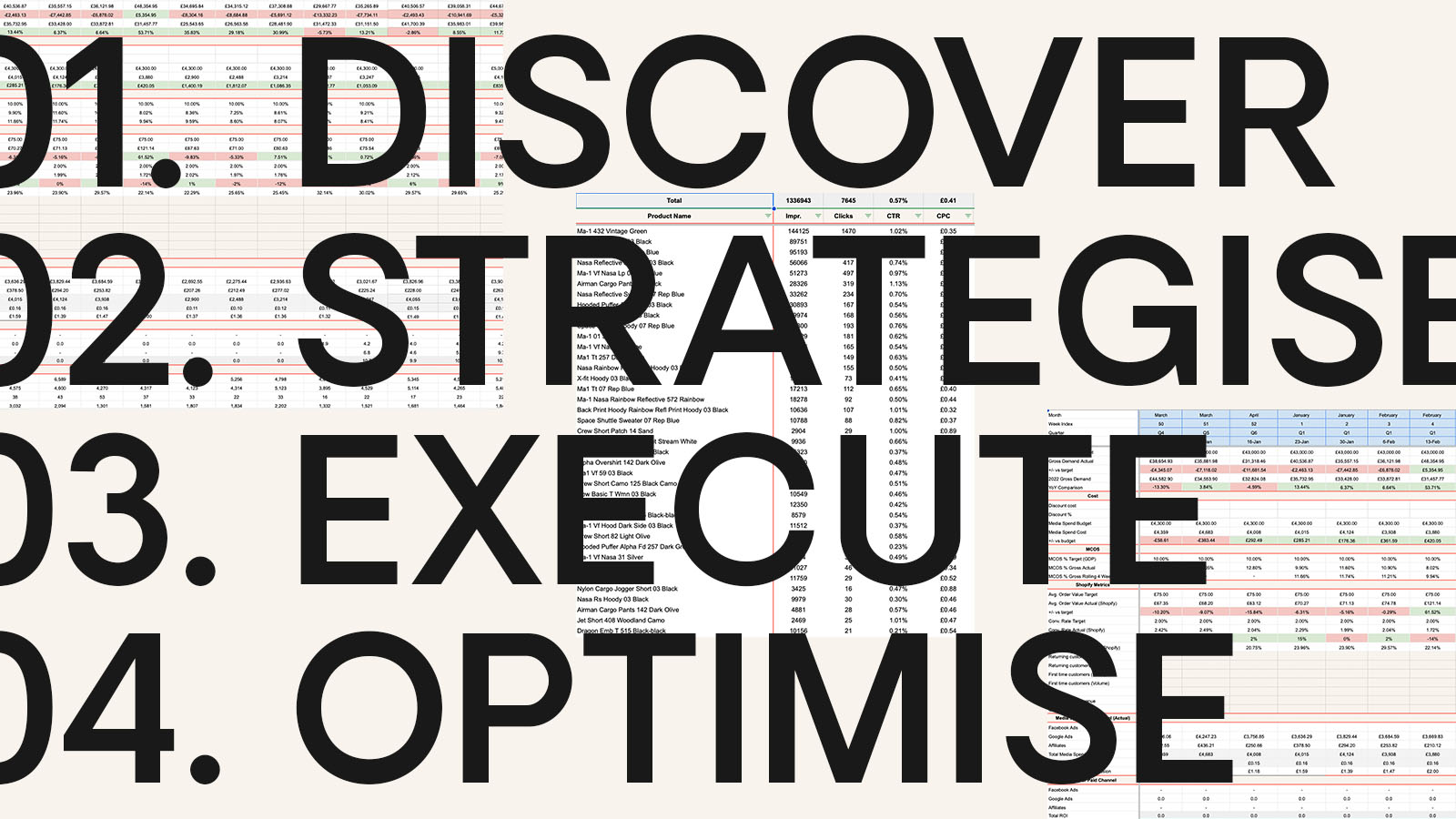
The Challenge
Maintaining visibility, whilst reducing spend
Luke’s branded search campaign was spending the majority of their daily budget on sustaining its search presence against wholesale retailers such as Debenhams and House of Fraser. However, we identified that this campaign structure was not optimised for achieving the lowest cost-per-click (CPC) possible.
In fact, 95% of Luke’s monthly Google Ads budget was being used on these branded terms, in both search and shopping campaigns. As these terms receive between 70,000 and 100,000 searches a month, it makes sense to put a substantial budget behind them. In fact, Luke were actually dominating search results for these terms. However, doing so isn’t entirely necessary.
When it comes to brand search campaigns, keeping a lower bid is always the best bet. For example, Luke’s brand already showed up as result number one for the branded term “Luke” in organic search results, so having a high bid on a paid advertisement was unnecessarily doubling down on this.
Working collaboratively with Luke, we advised them to follow Cake's Branded Search campaign structure, which would reduce the cost of branded search results, whilst ensuring that Luke were still visible amongst their wholesale competitors. Equally, it would give them more room in their budget to expand their Ads account to target new customers too.
- Google Ads Campaign
- Dynamic Shopping Feed
The Solution
Leveraging new spend into new customers
By following Cake’s branded search campaign structure, Luke’s CPC for branded search terms was reduced from £0.55 to £0.14, all the while maintaining search impression share and click share. In other words, their daily expenditure dropped by 3/4, giving them an additional proportion of budget a day to use on non-branded search terms, which was achieved by optimising just one campaign.
Next, we undertook the task of dividing the Performance Max campaigns (campaigns that span across multiple paid ad types, including search and shopping ads) into two distinct categories: branded and customer acquisition. Through our strong relationship with Google Ads Dublin, we gained access to a feature not yet released on the platform; adding negative keywords to our Performance Max campaign. This meant that any search that included branded search terms could be excluded from our customer acquisition campaign. We actually sent a direct request to the Dublin team, who were then able to manually incorporate the new feature into our campaign.
With this new capability, we could more effectively manage our shopping spend. And so, we created two campaigns, one that naturally focused on "Luke" product searches, and one that focused on generic terms, such as “menswear,” whilst excluding branded terms like "Luke." This approach allowed us to divide Luke’s daily budget, and dedicate a big chunk of it on building a new audience, which would increase brand awareness overall.
Furthermore, as a well-established brand with over 100,000 SKUs in their warehouse, Luke’s Google Ad Account benefited greatly from our development team's creation of a dynamic shopping feed. The dynamic feed automatically excluded products from displaying in ads when their most popular sizes were out of stock, which would stop traffic being directed to products with slow-selling variants such as 3XL. This dynamic feed was key to reducing customer bounce rates and lowering the cost-per-click in Google Shopping overall.





The Outcome
A new foundation to build from
May 2023 brought with it a notable shift for Luke’s Google Ads account. With the account recording more impressions for generic product terms than for branded terms for the first time.
In some ways, this was to be expected, as Luke were now spending on generic terms compared to branded ones. However, May also saw our efforts, to shake up Luke’s Google Ads strategy, bear fruit, with an impressive 2.3 million impressions specifically targeted at generic terms. This in turn drove 12,000 users to the store for the first time, and these users could then be incorporated into the remarketing funnel, via paid social platforms.
We've established a clear division of expenditure between targeting generic terms to acquire new customers and branded searches to retarget existing ones. And this newly refined ratio of expense has provided us, and Luke, with the confidence to scale the amount spent on Google Ads overall.
Furthermore, this shift in focus directs our spending towards brand awareness, rather than targeting warm traffic.
2023 vs 2022
- 48.8% increase in impressions
- 47.1% increase in clicks
- 65.7% increase in revenue from Google Ads
- 36% increase in number of orders
- 15% decrease in cost per click overall
- 32.6% increase in return on ad spend

Every great relationship starts with a conversation. We’d love to talk with you about your next project and answer any questions you might have about Shopify. But be warned… once we get talking about this stuff, it’s hard to shut us up!




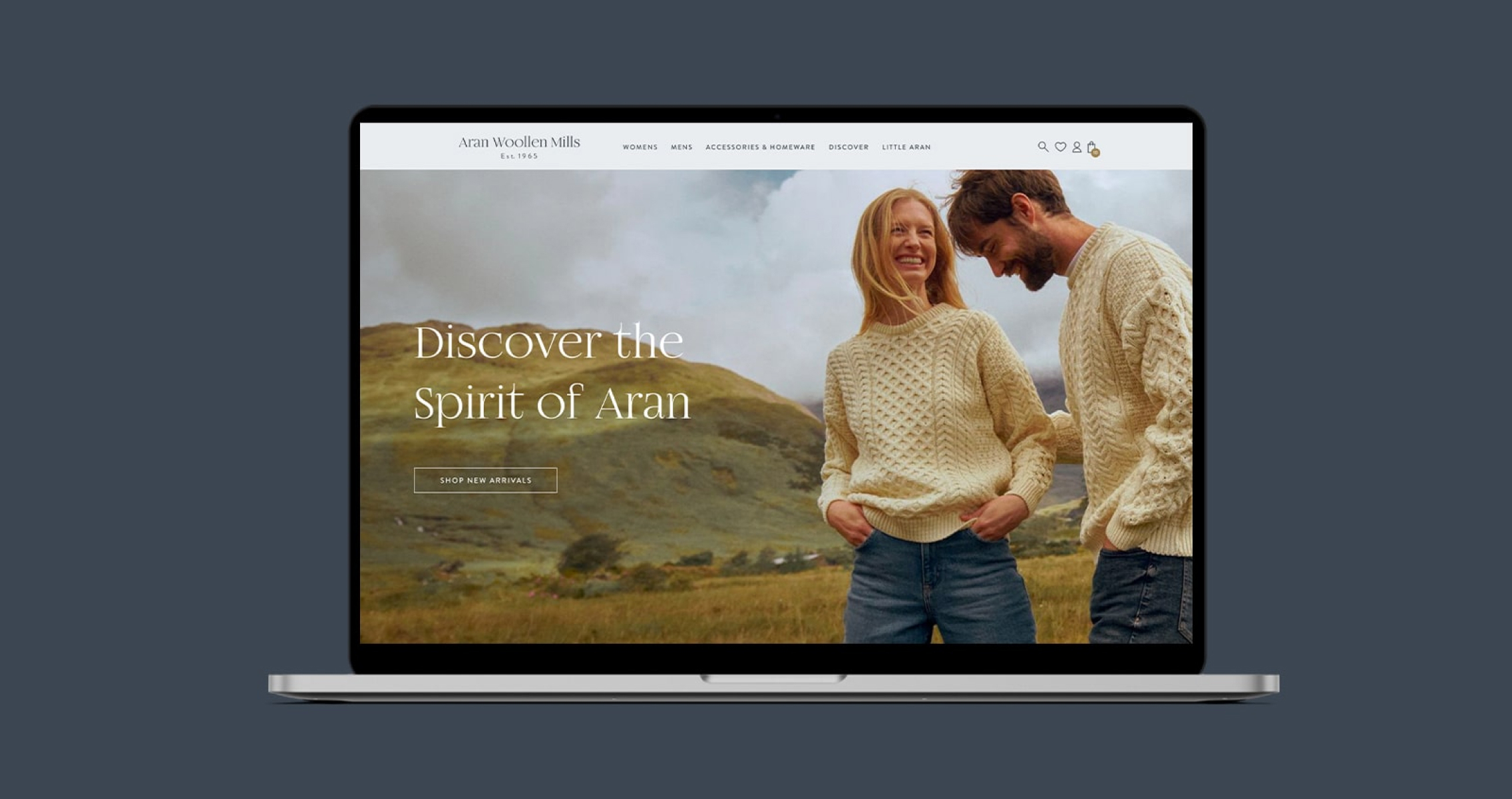

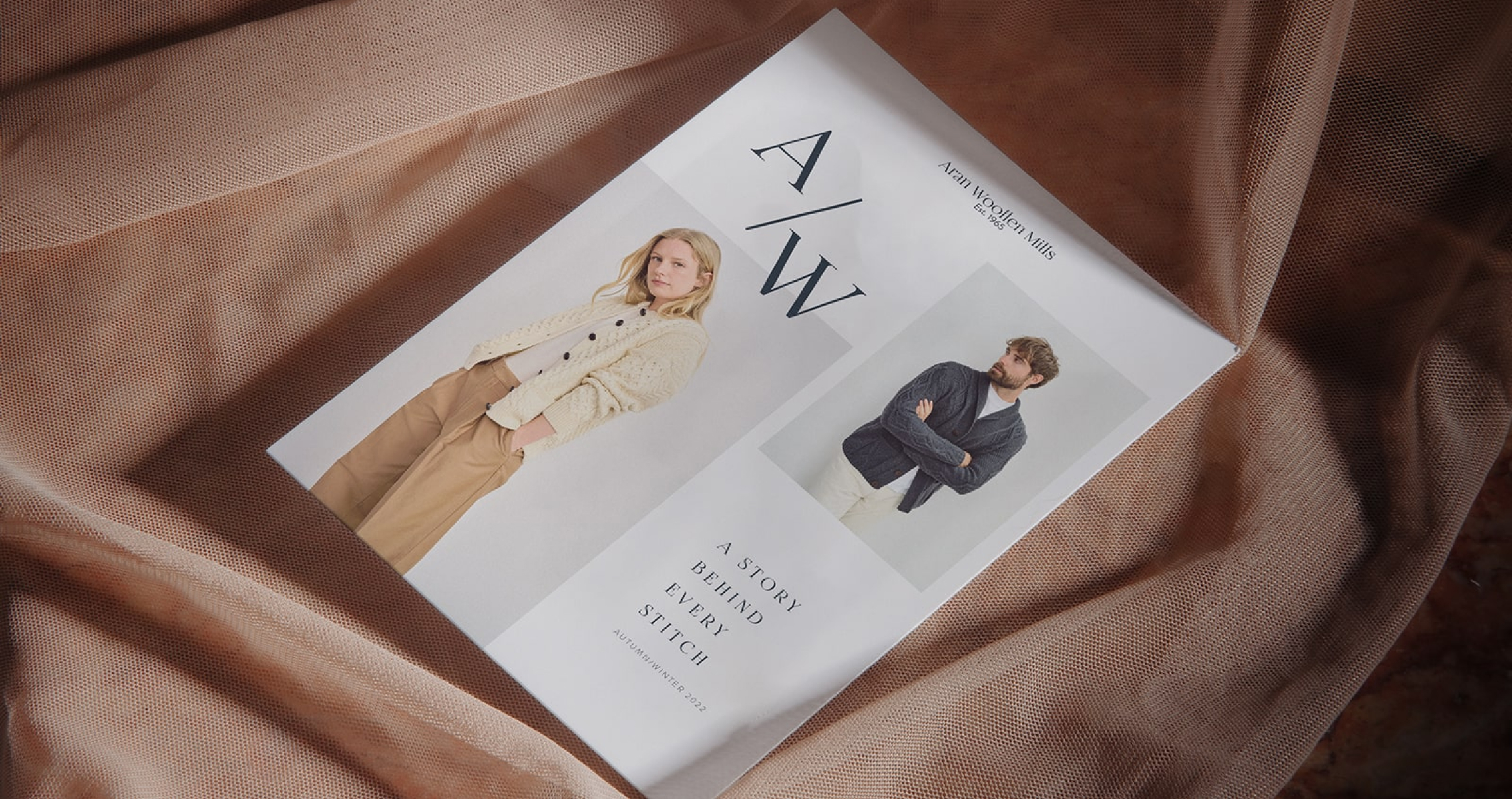


.png)


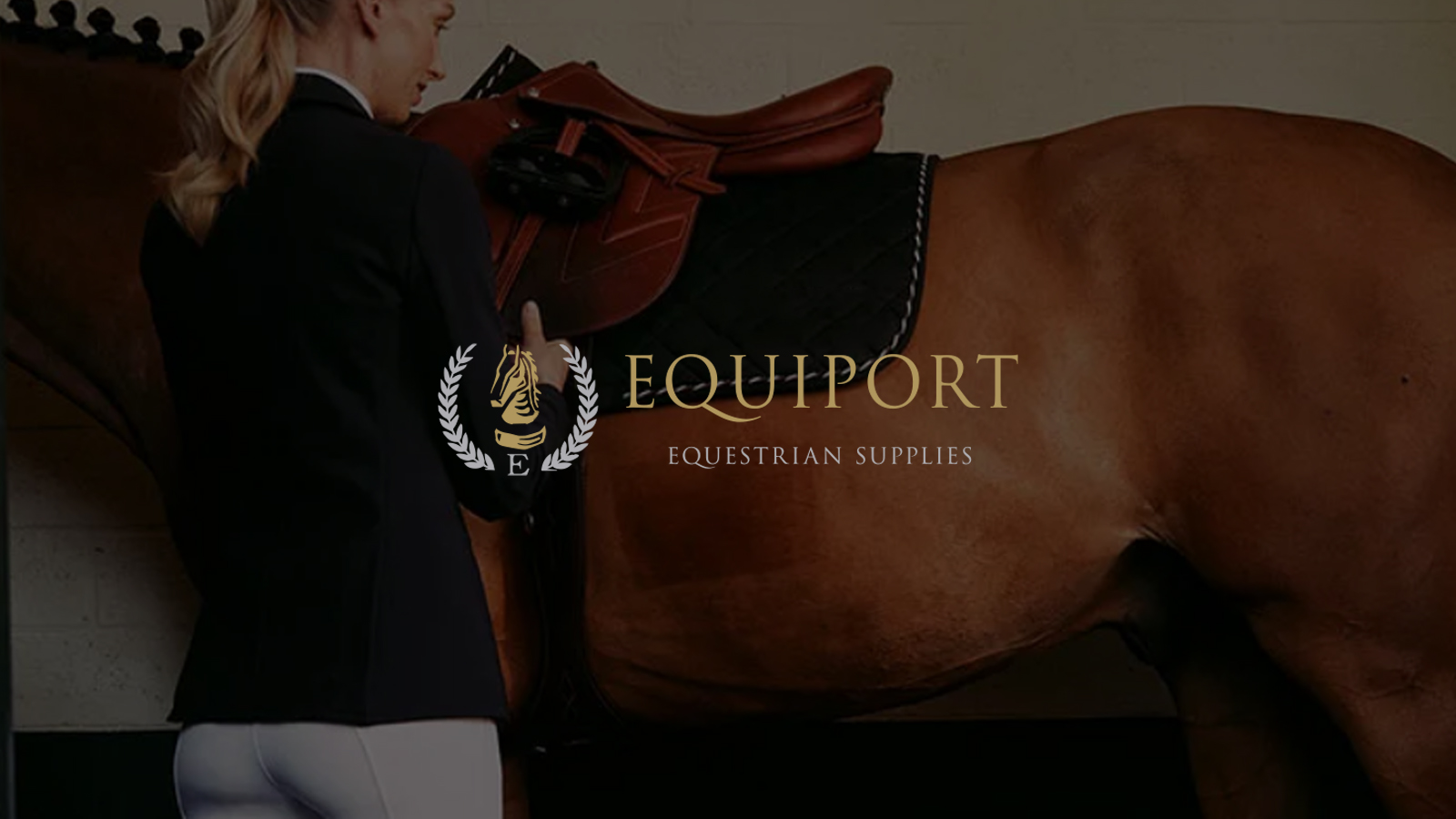
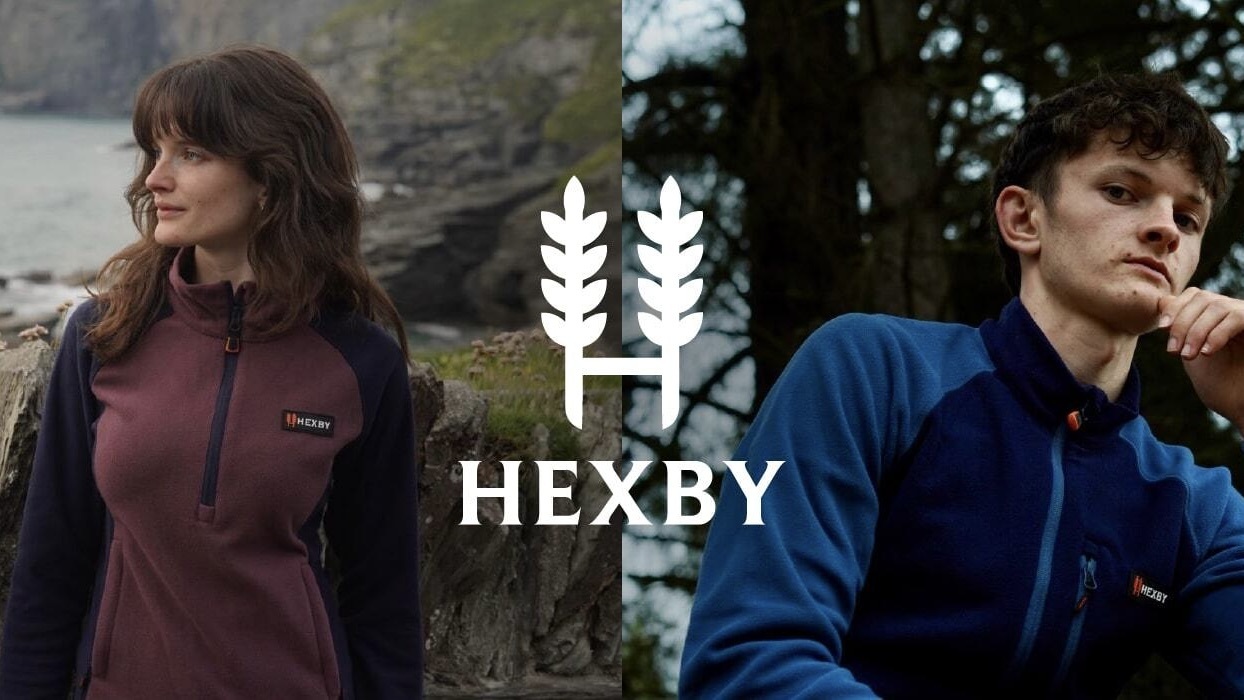
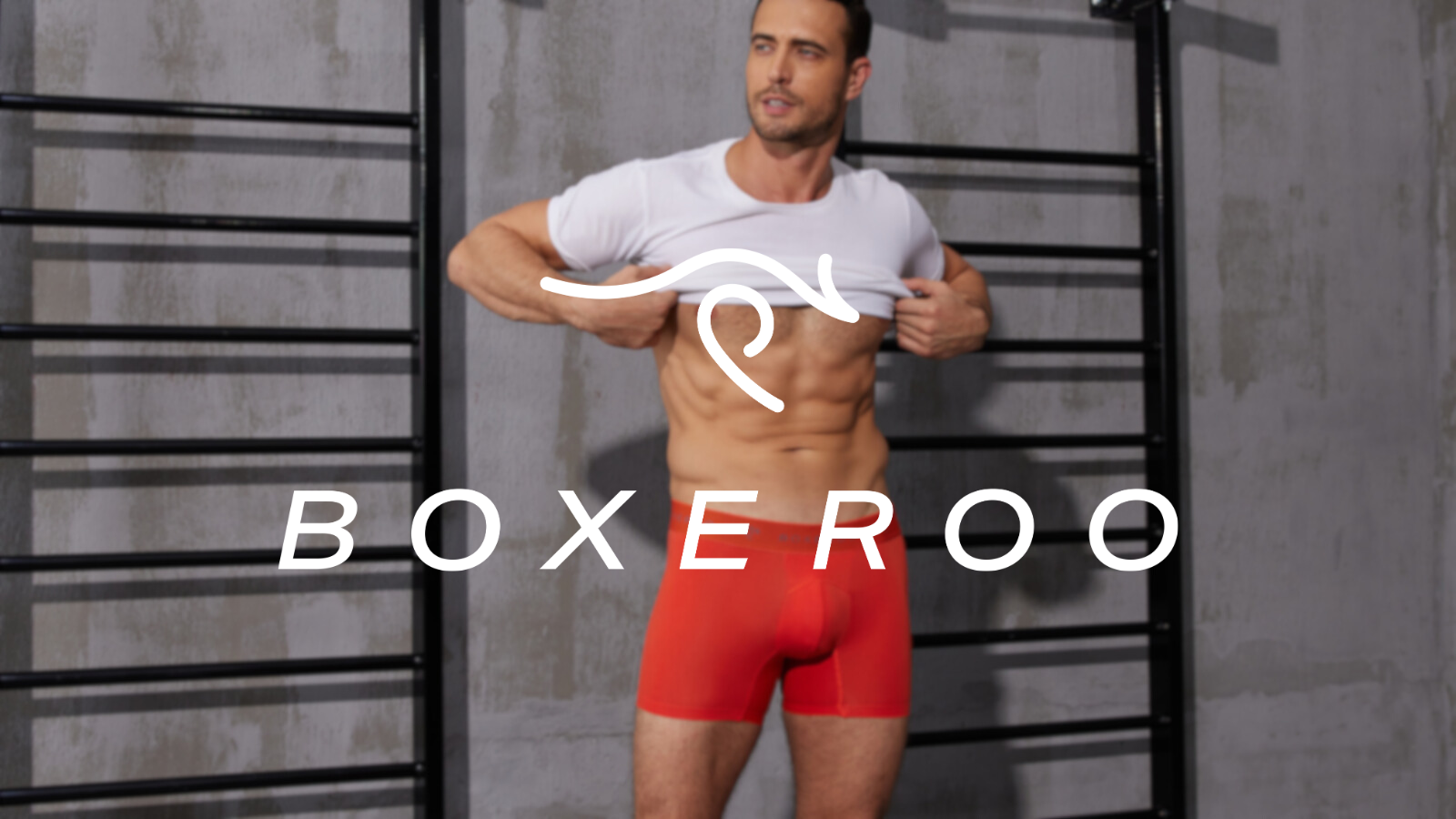


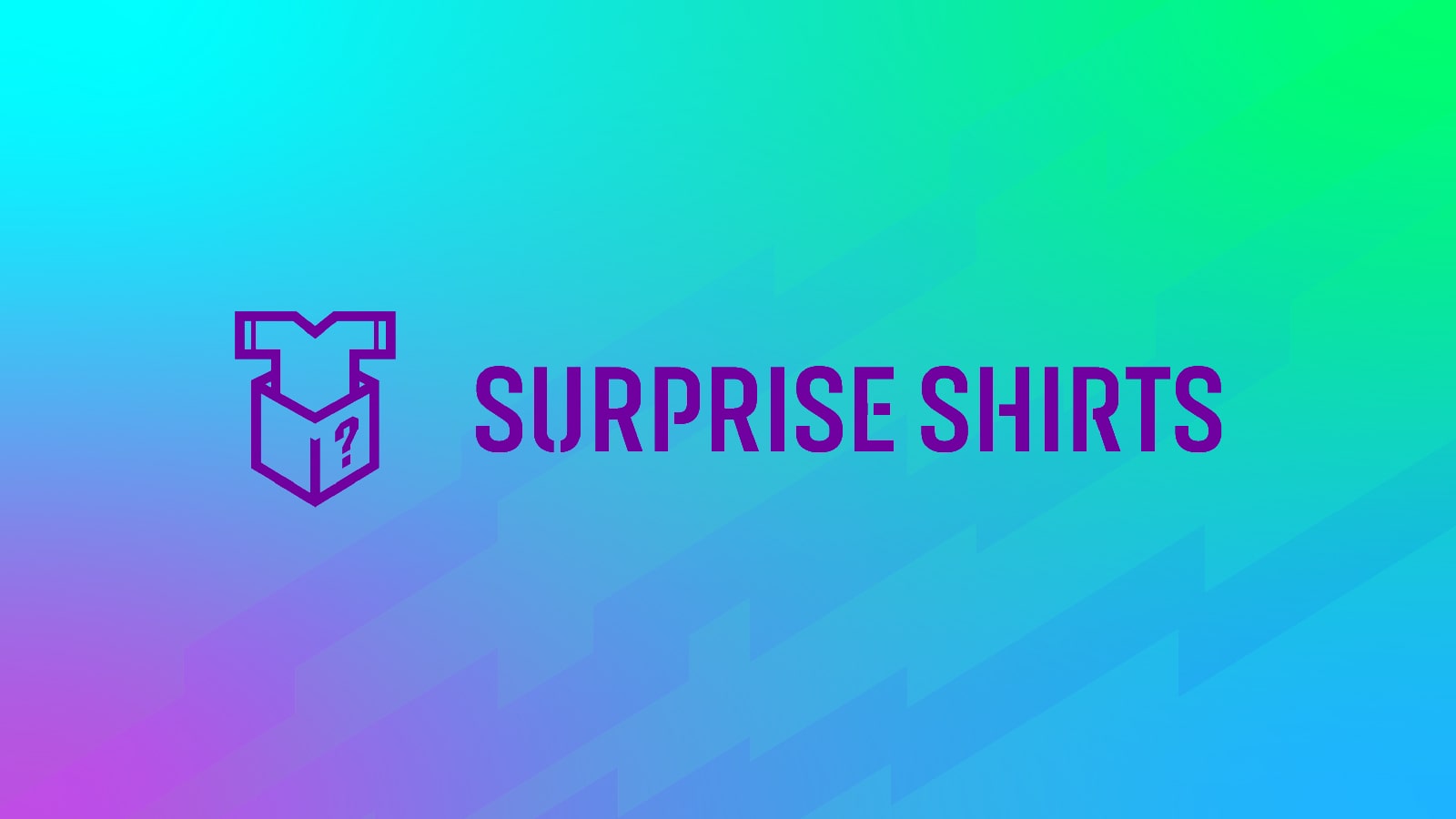
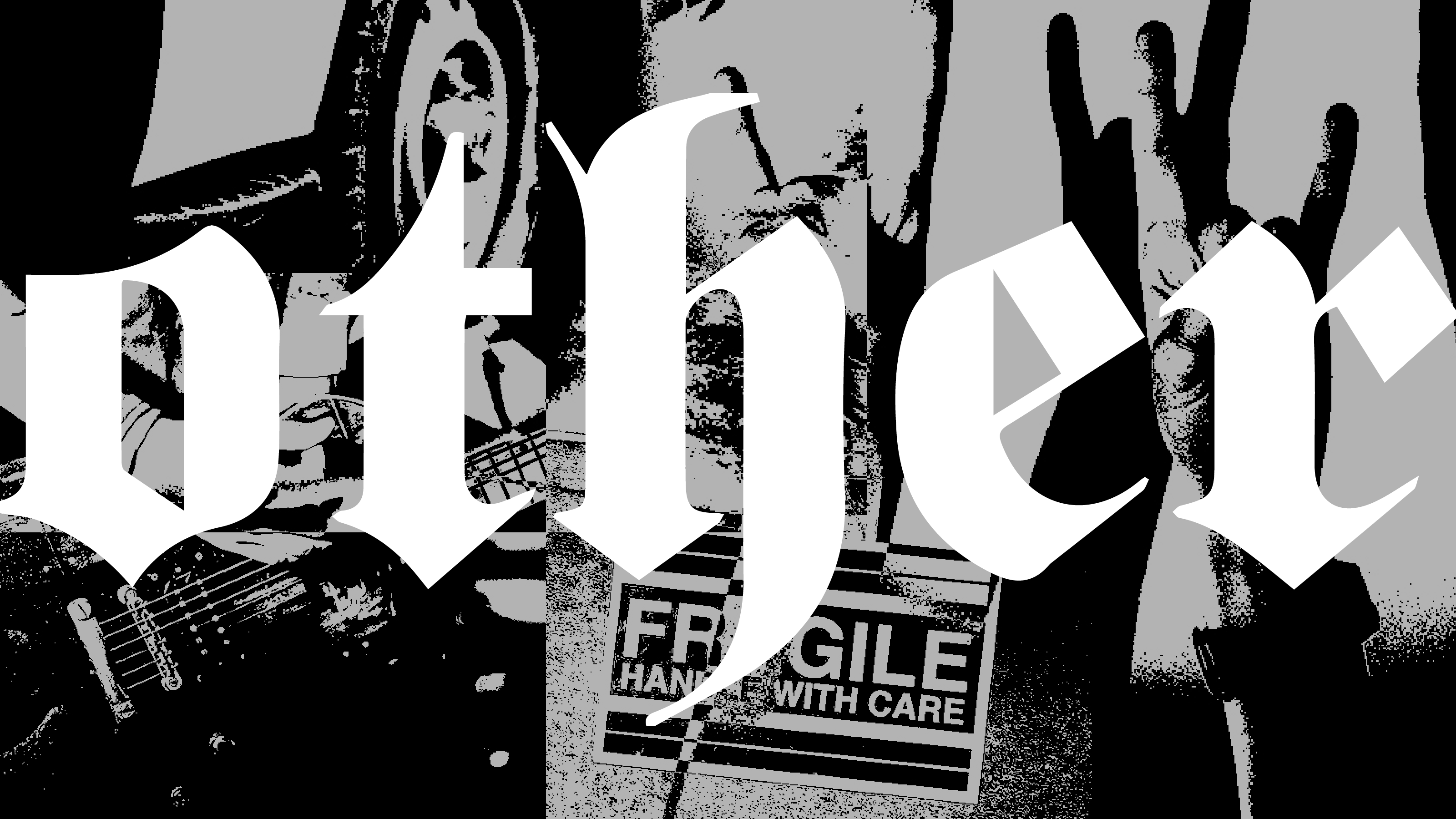
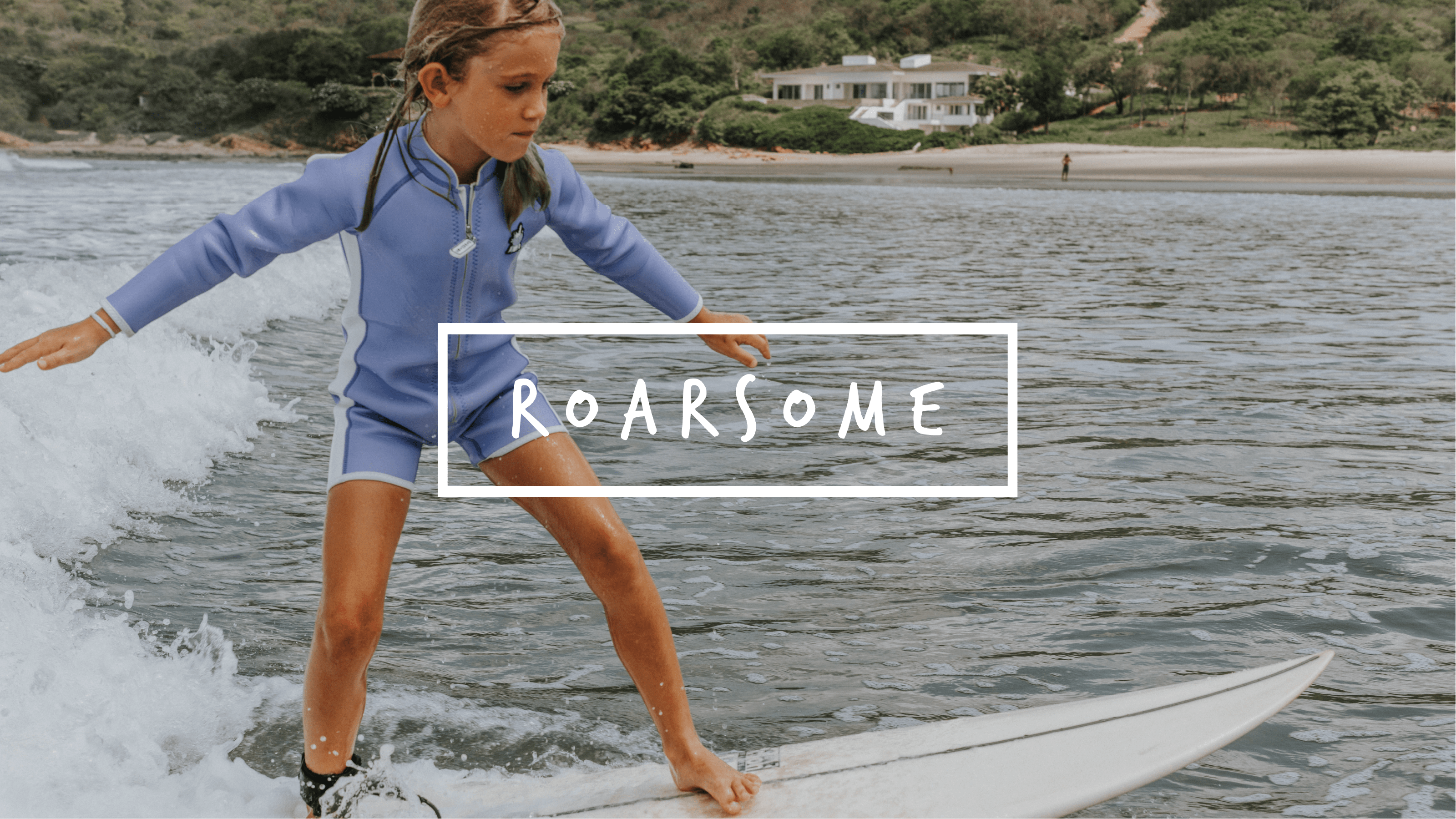
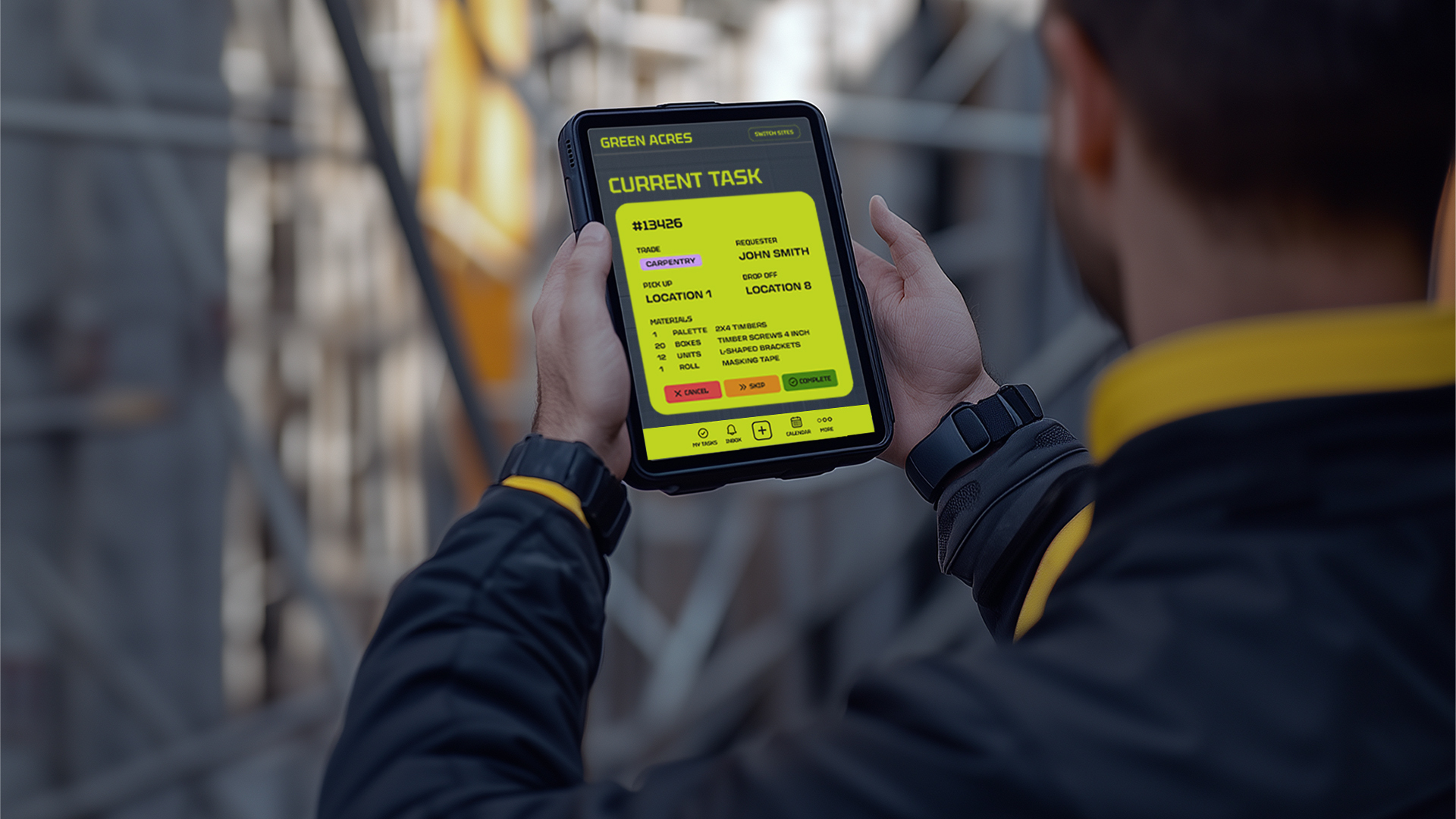

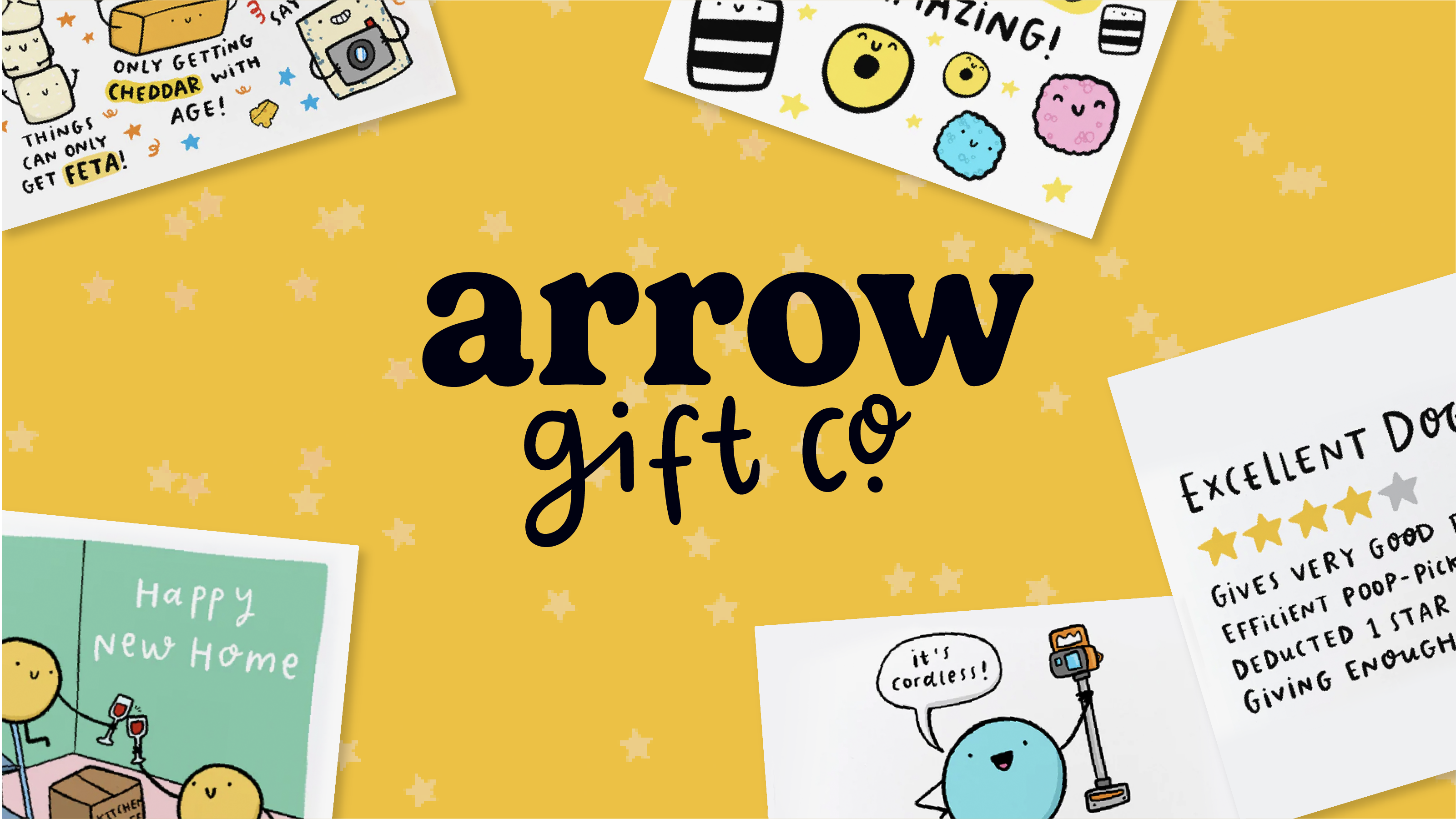



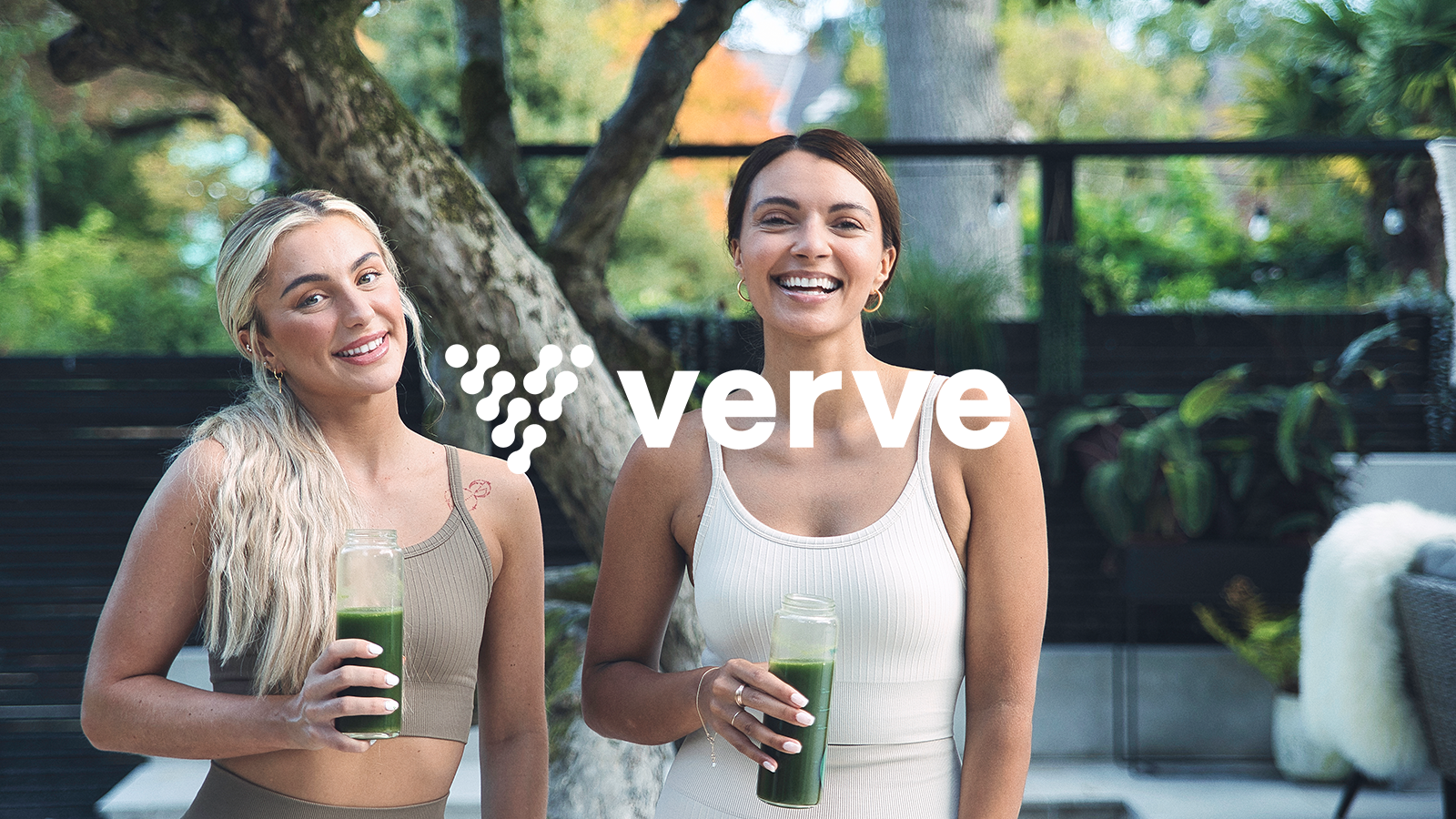
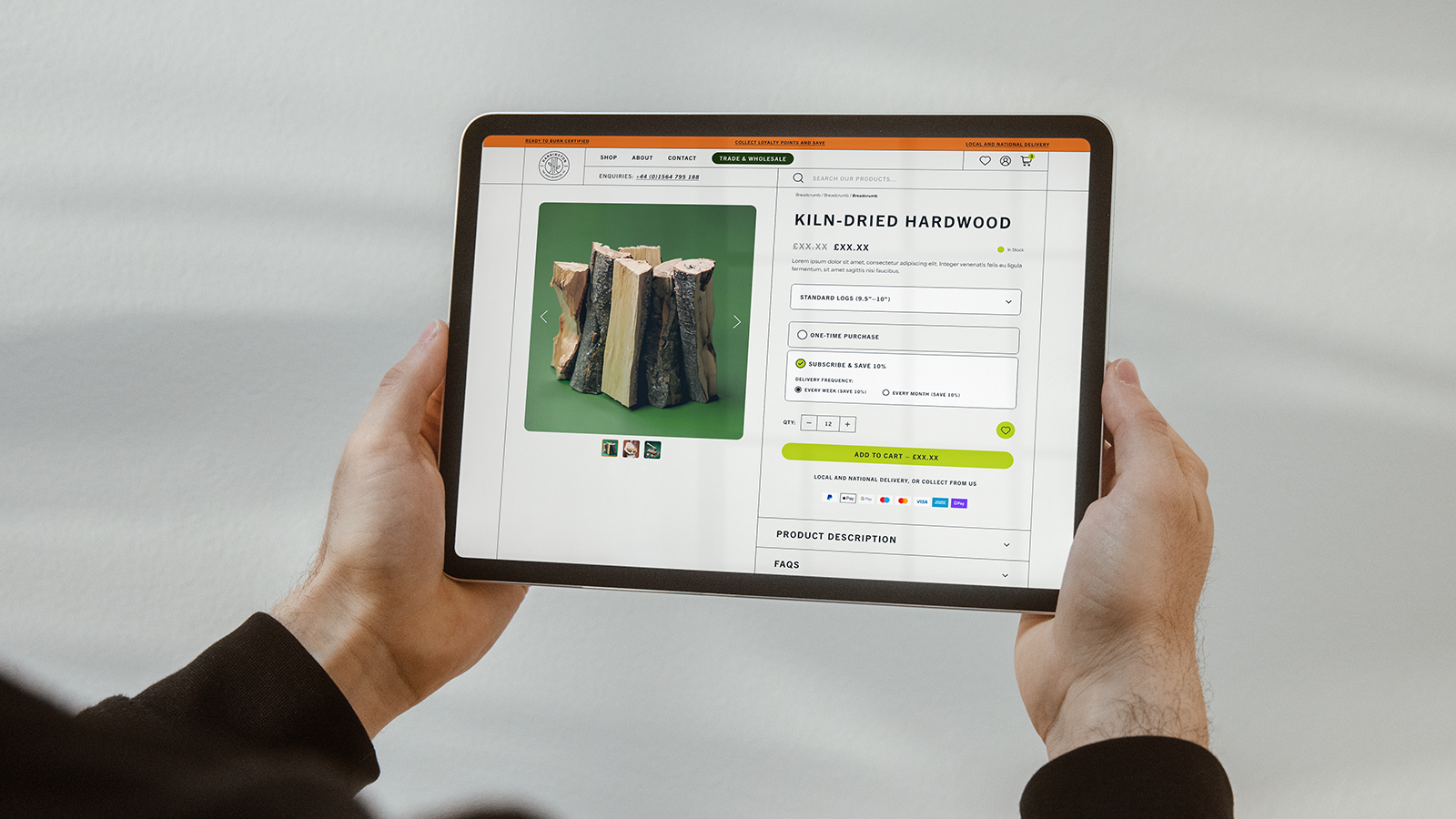
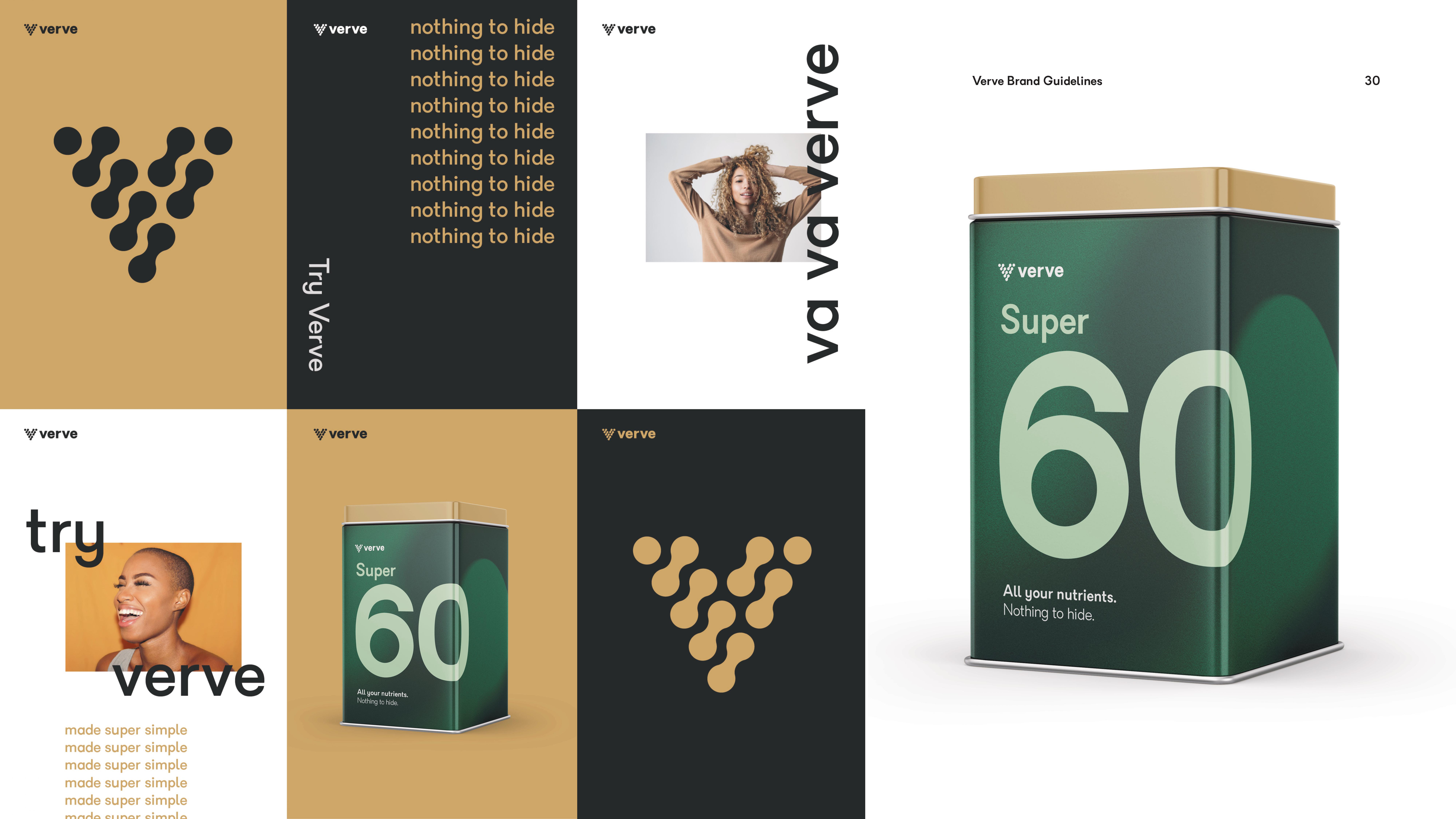



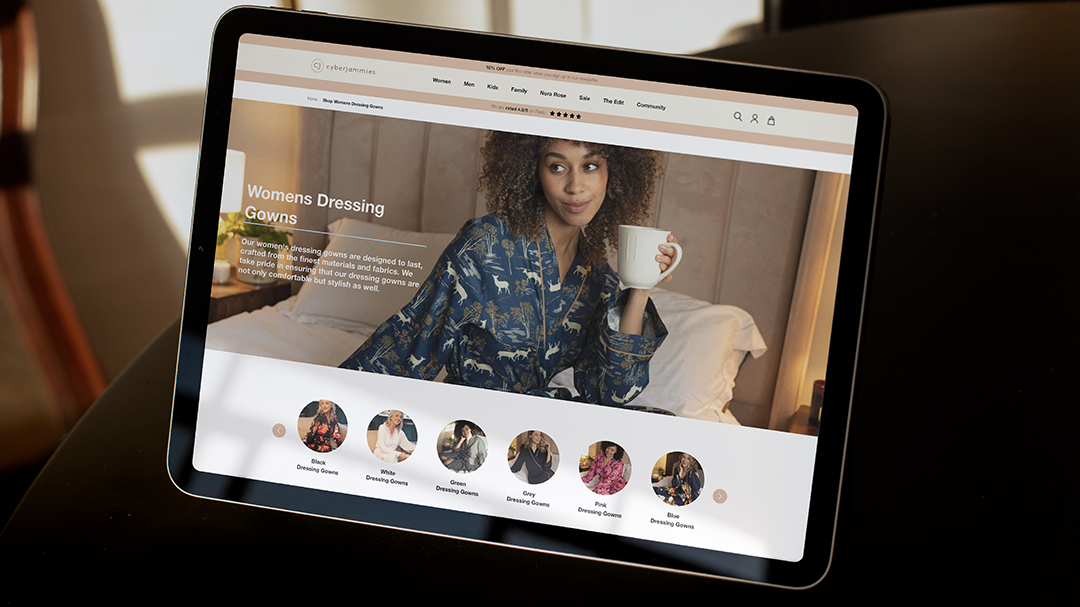
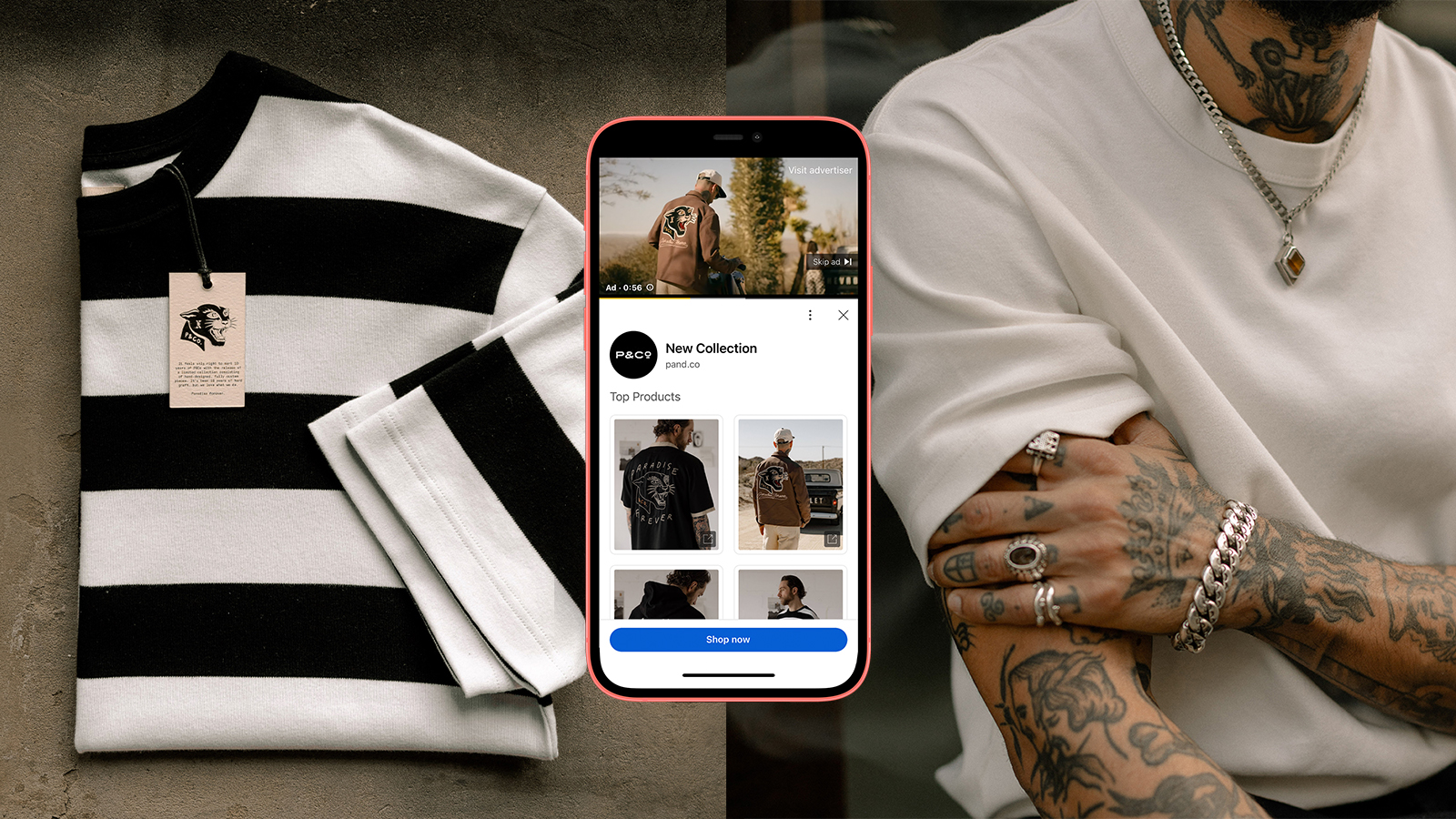

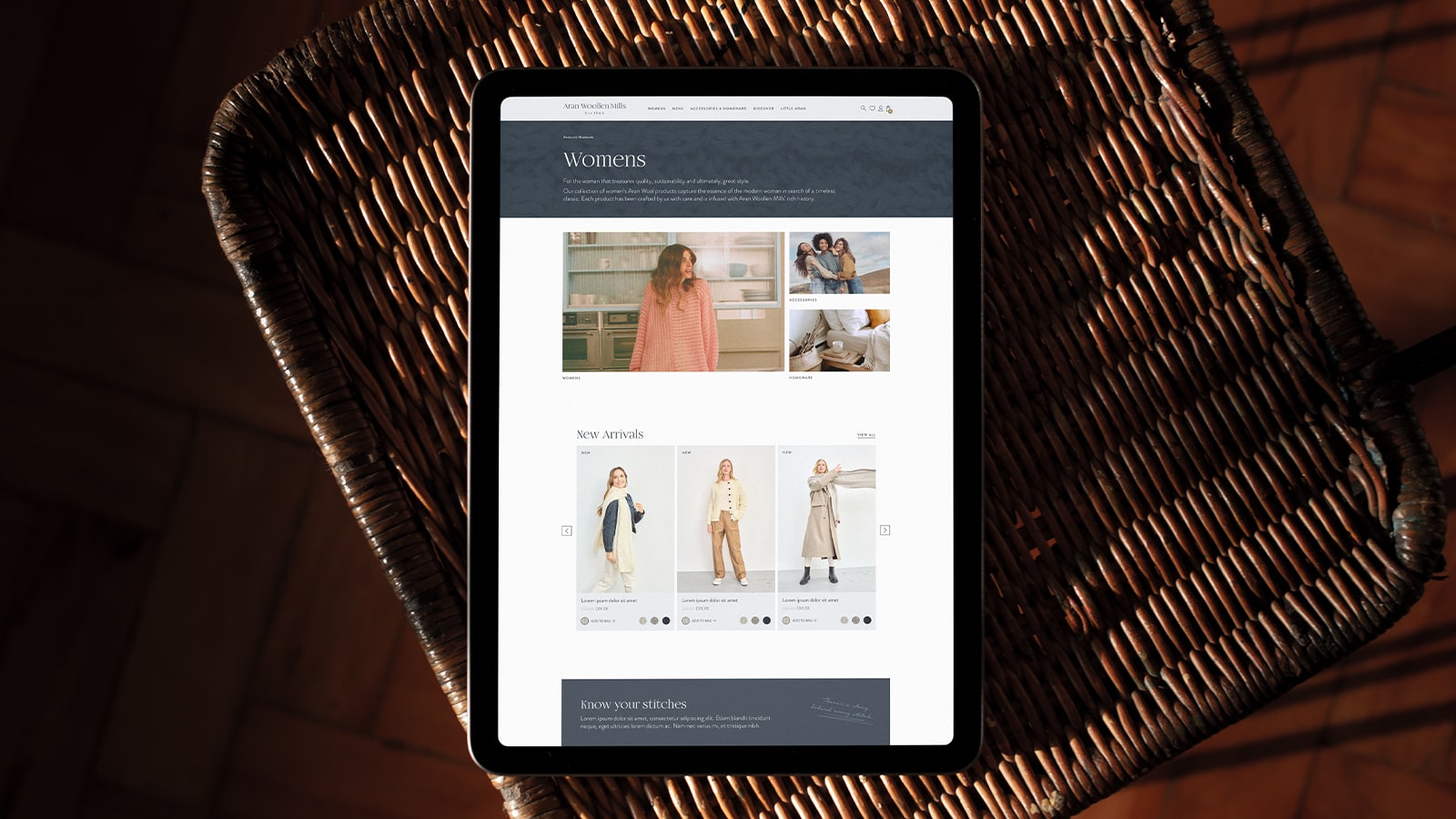
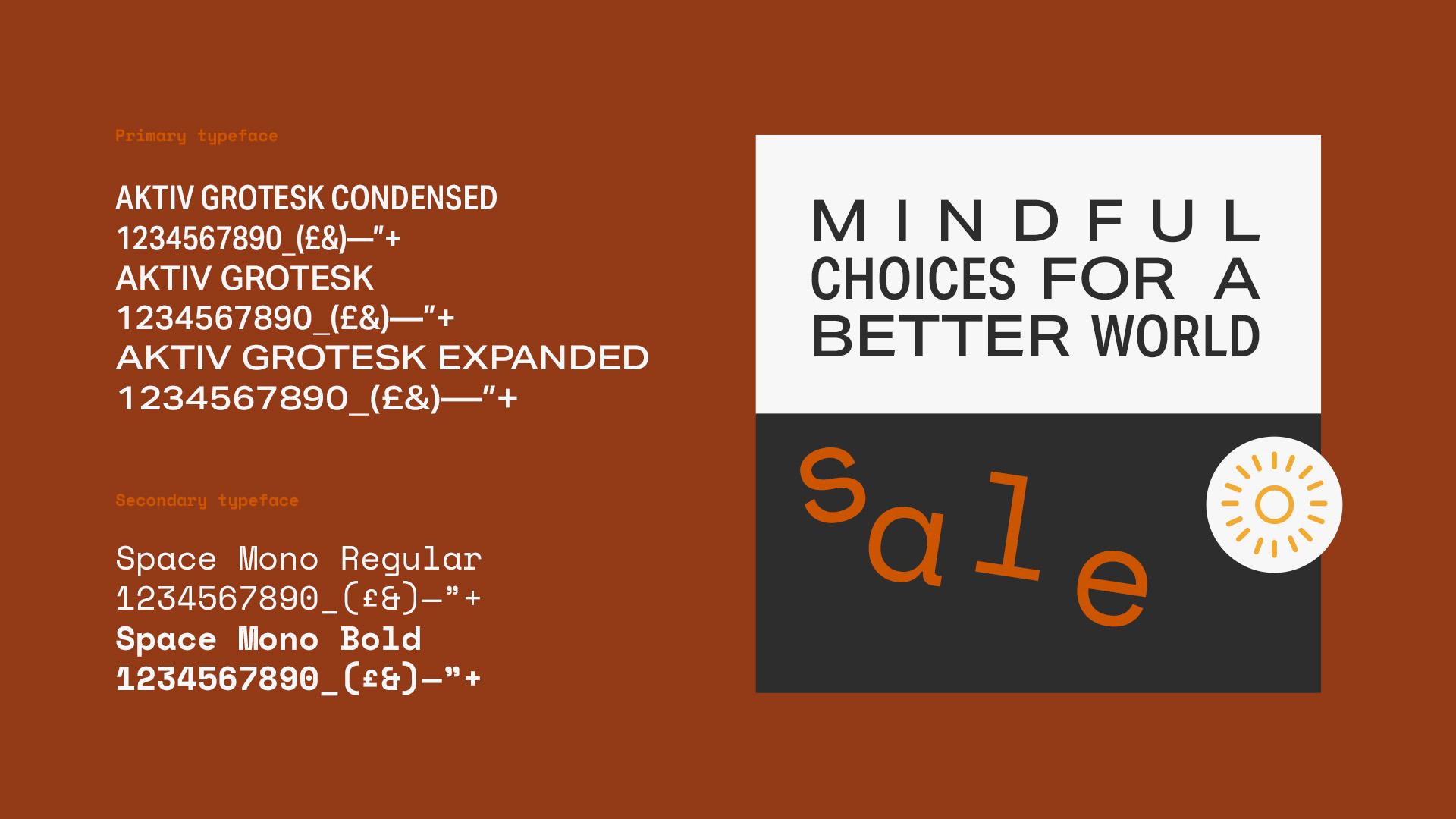
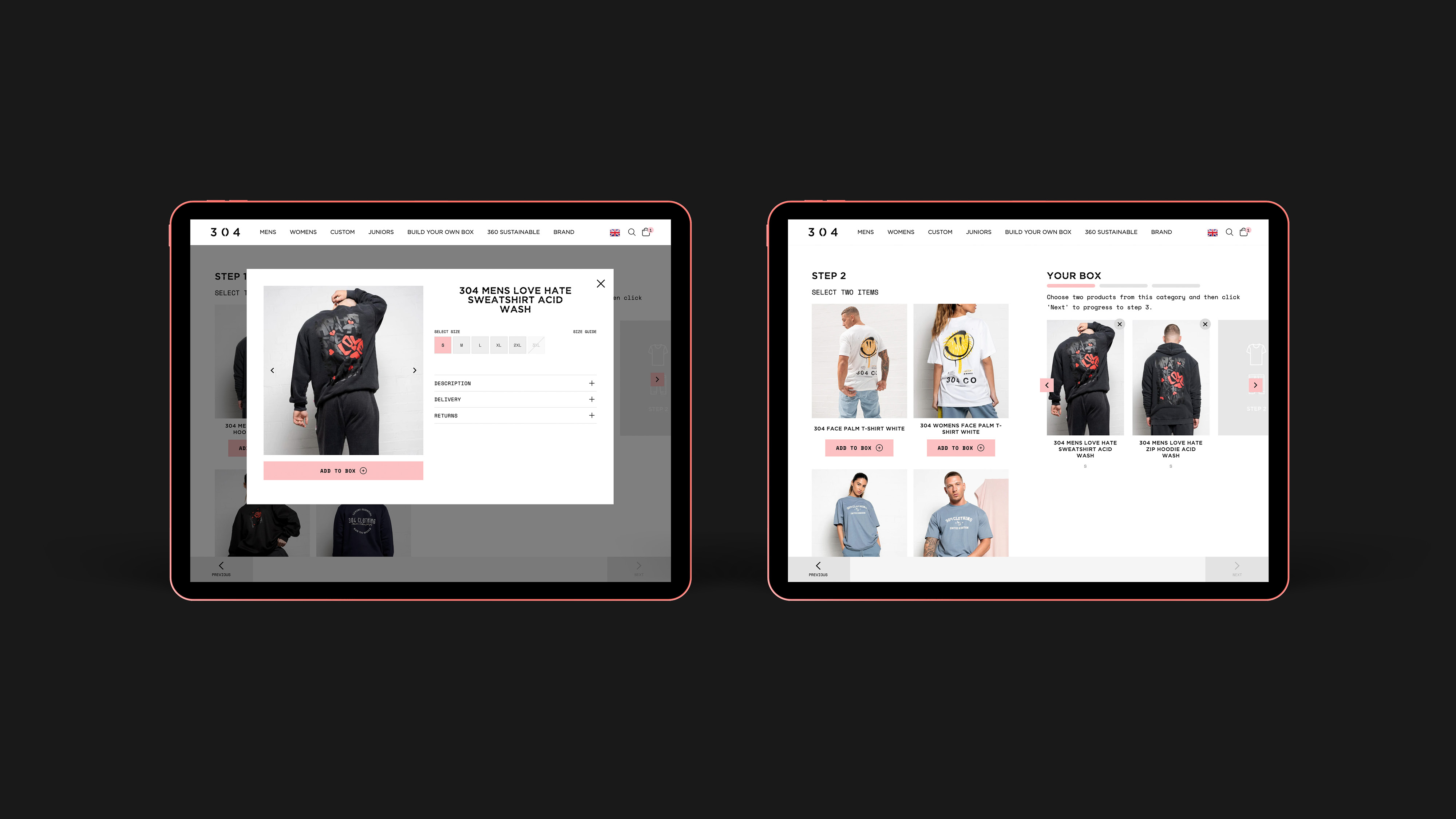

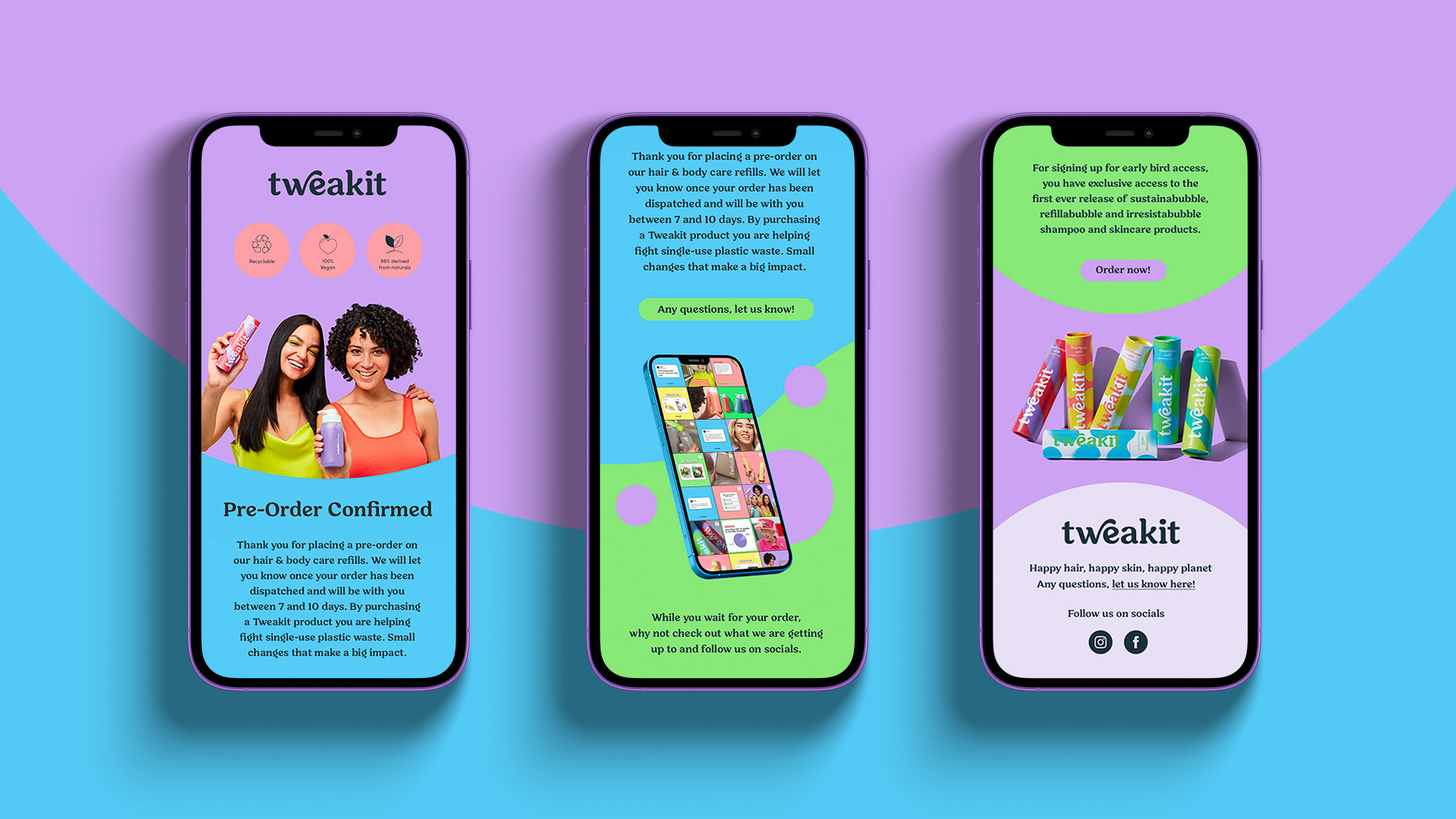

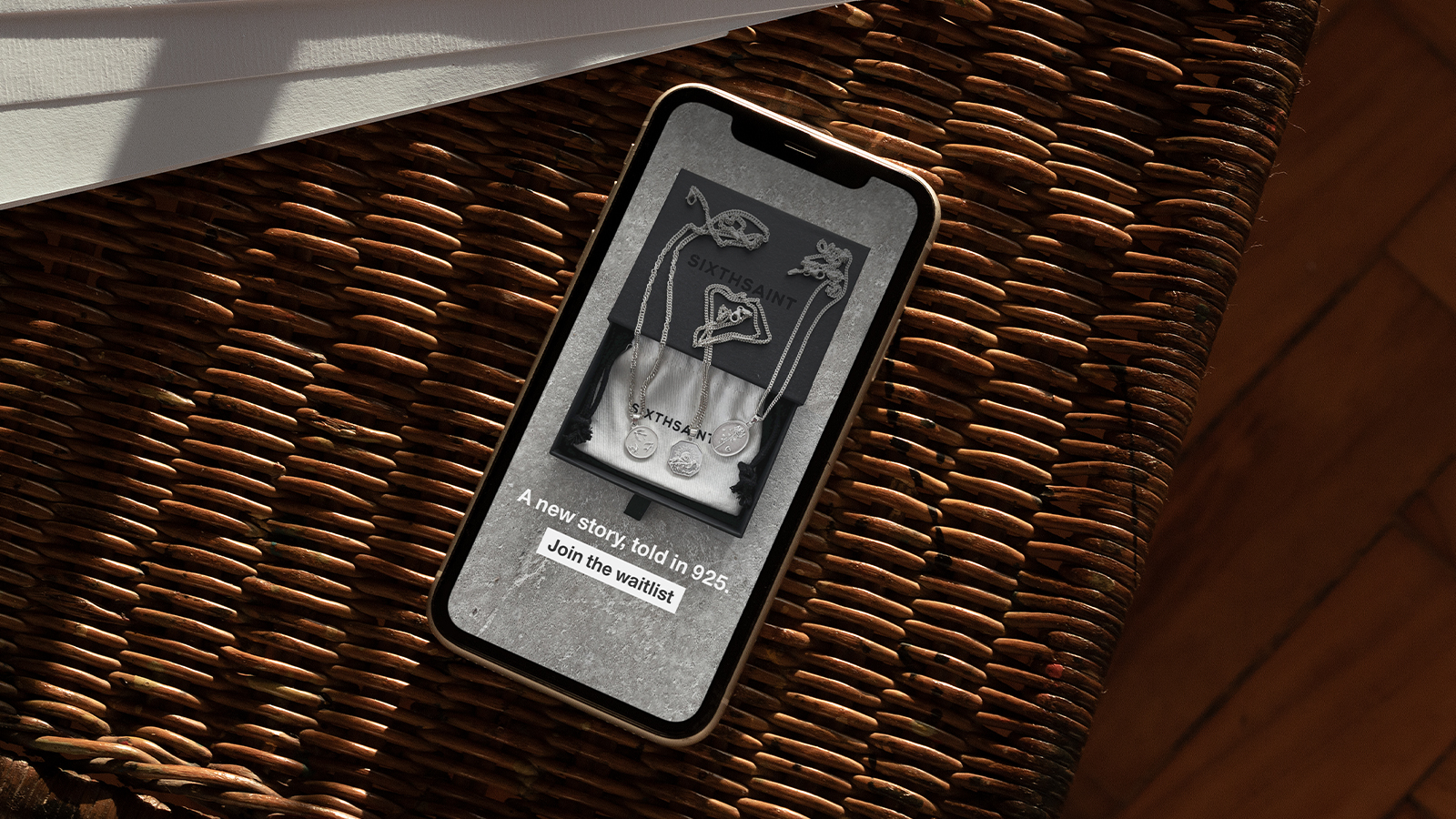


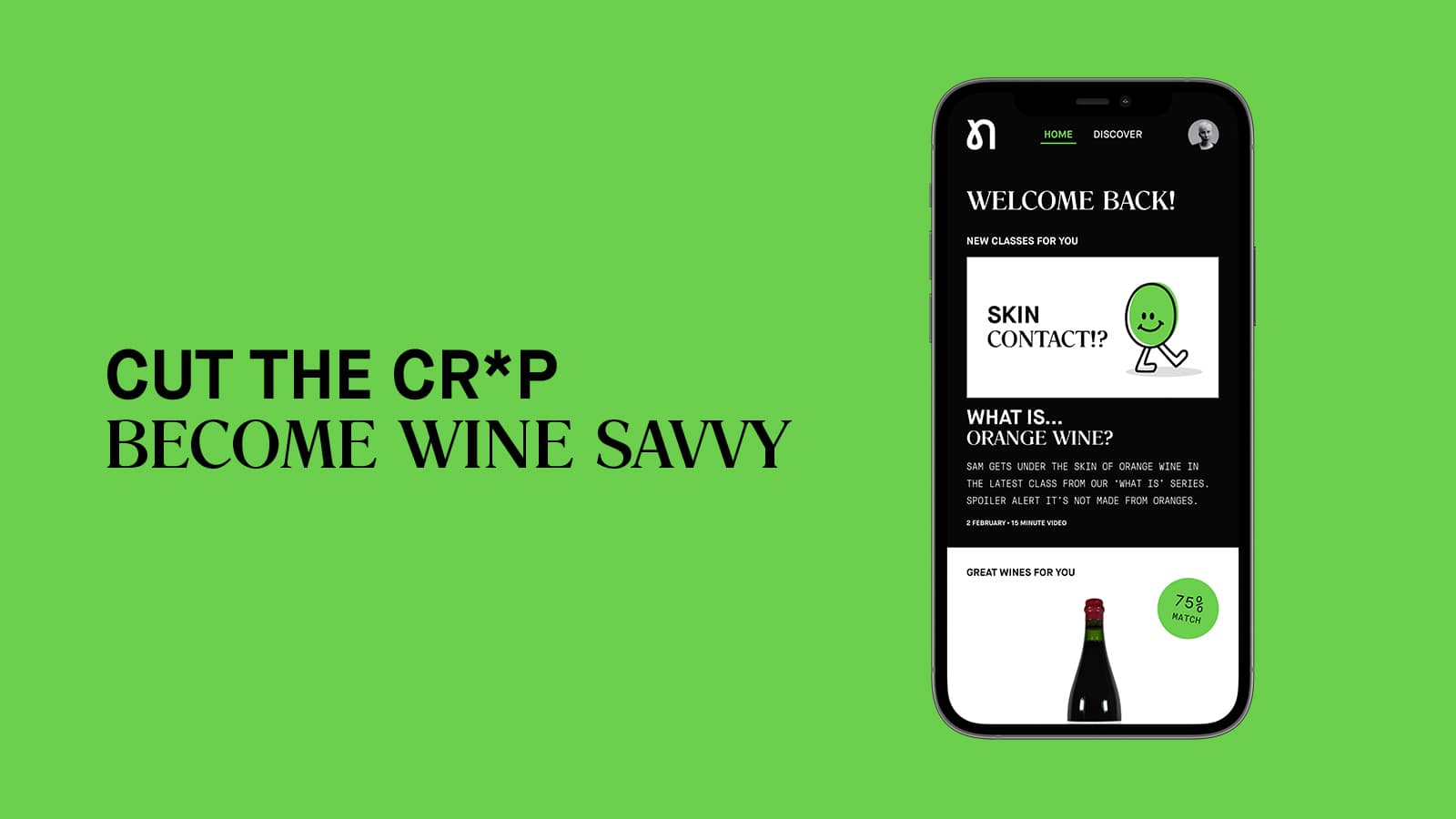
.png)
